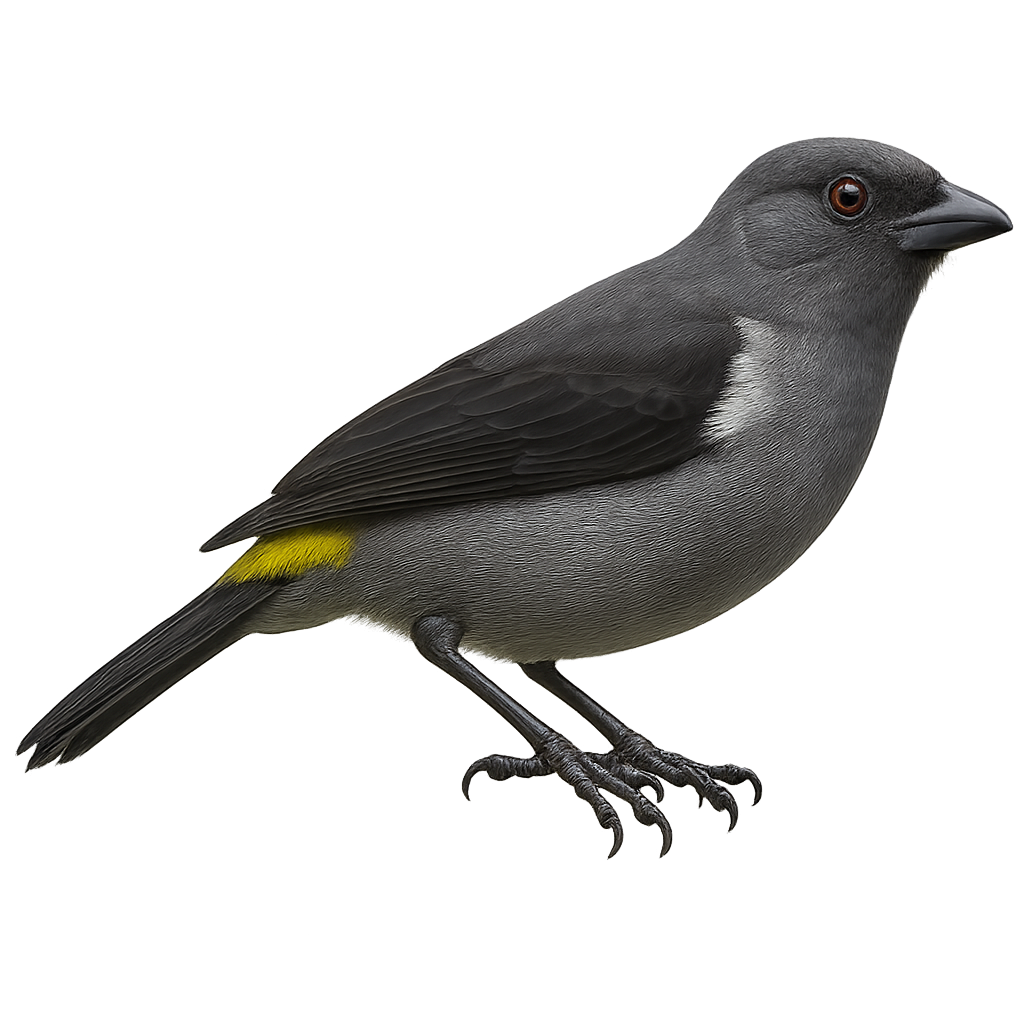Your wildlife photography guide.
Explore the yellow-rumped tanager in detail, study its behavior, prepare your shots.
Where to observe and photograph the yellow-rumped tanager in the wild
Learn where and when to spot the yellow-rumped tanager in the wild, how to identify the species based on distinctive features, and what natural environments it inhabits. The WildlifePhotographer app offers tailored photography tips that reflect the yellow-rumped tanager’s behavior, helping you capture better wildlife images. Explore the full species profile for key information including description, habitat, active periods, and approach techniques.
Yellow-rumped Tanager
Scientific name: Heterospingus rubrifrons

IUCN Status: Least Concern
Family: THRAUPIDAE
Group: Birds
Sensitivity to human approach: Suspicious
Minimum approach distance: 5 m
Courtship display: March to May
Incubation: 13-15 jours
Hatchings: March to June
Habitat:
Humid tropical forests, forest edges, plantations
Activity period :
Primarily active during the day, with peak activity in the morning and late afternoon.
Identification and description:
The Yellow-rumped Tanager, or Heterospingus rubrifrons, is a small, colorful bird native to the humid Caribbean slopes of Central America, especially in Costa Rica and Panama. It is recognized by its vivid yellow rump, reddish head, and dark olive body. Found in the canopy of lowland and mid-elevation rainforests, it often joins mixed-species flocks. Active and inquisitive, it feeds on fruits, insects, and occasionally nectar. Its population is considered stable in protected areas, although deforestation could pose a local threat.
Recommended lens:
400mm – adjust based on distance, desired framing (portrait or habitat), and approach conditions.
Photography tips:
To photograph the Yellow-rumped Tanager, focus on forest edges where it is easier to spot. Use a telephoto lens of 400mm or more to capture detailed images without disturbing the bird. Be patient and discreet, as this bird can be suspicious. The best times to photograph it are early in the morning or late in the afternoon, when the light is soft and bird activity is at its peak. Consider using a tripod to stabilize your camera and achieve sharp shots.
The WildlifePhotographer App is coming soon!
Be the first to explore the best nature spots, track rutting seasons, log your observations, and observe more wildlife.
Already 1 431 wildlife lovers subscribed worldwide

